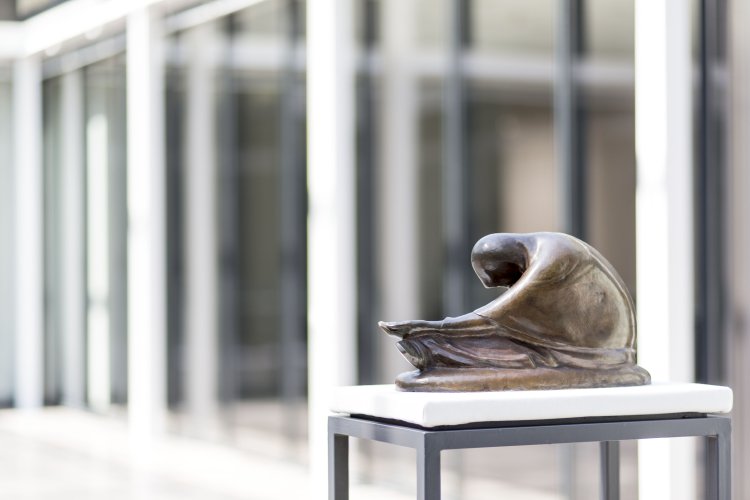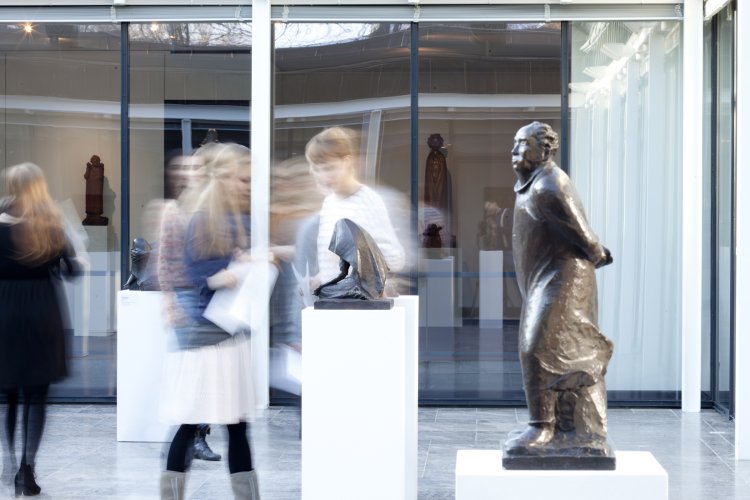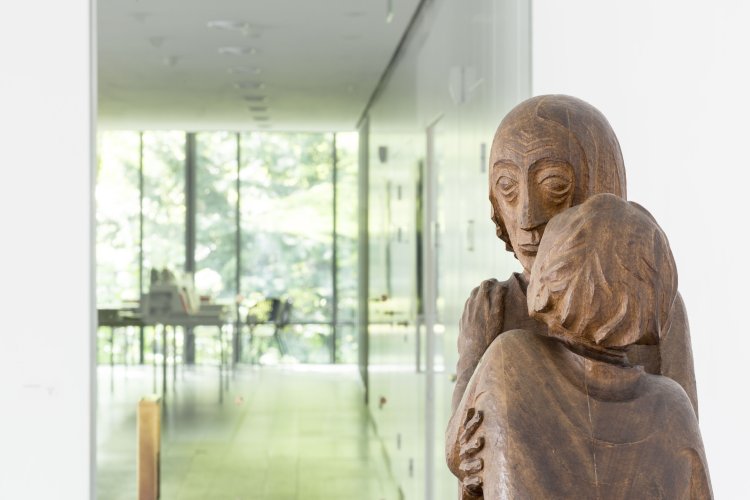When the Hamburg factory owner Hermann F. Reemtsma visited Ernst Barlach in Güstrow for the first time in August 1934, he was very impressed by both his art and his character. Reemtsma spontaneously purchased the wooden sculpture The Ascetic, from 1925, and a short time later commissioned the completion of The Frieze of Listeners, a series of figures Barlach had already been working on. From then on Reemtsma was deeply committed to supporting the artist, who had been ostracised by the National Socialists. By 1938, the year of Barlach’s death, Reemtsma already owned 20 of his sculptures and about 100 drawings.
“I never encountered Ernst Barlach with anything less than a great reverence for his art. I visited him in 1934 because his art, which I had only become aware of two years previously, touched me. Everything that followed was a result of inner conviction and had nothing to do with patronage.”
Hermann F. Reemtsma, 1948
In the following years, with numerous purchases, Reemtsma continued his efforts to document the diversity of Barlach’s work. In the late 1950s he decided to transform his collection into a foundation and make it accessible to the public in a museum. In 1960, when the foundation was initiated, it encompassed approximately 50 sculptural works and 150 drawings.
Since the death of Hermann F. Reemtsma in 1961 and the opening of the Ernst Barlach Haus a year later, it has been possible to enlarge the collection with numerous important works. The collection now includes about 150 artworks in wood, bronze, ceramic, porcelain, terracotta and plaster, more than 420 drawings from all of Barlach’s creative phases, almost all his graphic prints as well as important autographs, rare portfolios, first editions and archival documents.
The Ernst Barlach Haus is famous for its collection of sculptures in wood, owning almost 30. This is the largest single group of wooden sculptures by Ernst Barlach assembled in one museum and makes up a third of Barlach’s total works in this important medium.




